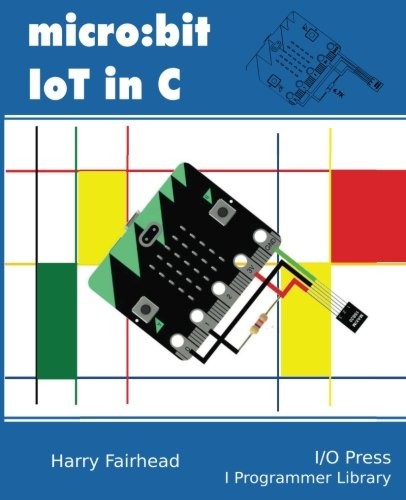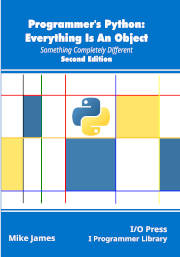Micro:bit IoT in C
Errata: Last update 8/31/2017
Micro:Bit IoT in C: Errata
Resources
Micro:bit Programs
ISBN: 978-1871962455
Buy from:
USA and World Amazon.com
Canada Amazon.ca
UK Amazon.co.uk
France Amazon.fr
Germany Amazon.de
Spain Amazon.es
Italy Amazon.it
Japan Amazon.co.jp
Brazil Amazon.com.br
Mexico Amazon.com.mx
India Amazon.in
The BBC micro:bit is capable of taking on a variety of roles including that of a powerful IoT device. In order to gain full access to its features and to external devices, however, you need to use C which delivers the speed crucial to programs that communicate with the outside world.
Written for the electronics enthusiast, micro:bit IoT In C starts with a first “Hello Blinky” C program with the mbed online compiler, we move to the desktop to using an offline approach using the yotta development environment plus NetBeans to make things even easier. Now we are ready to discover how to control the micro:bit’s I/O lines, exploring the basis of using the GPIO. For speed, however, we need to work directly with the raw hardware and also master memory mapping, pulse width modulation and other more sophisticated bus types.
From here we can start connecting sensors using first the I2C bus, then by implementing a custom protocol for a one-wire bus, and eventually adding eight channels of 12-bit AtoD with the SPI bus, which involves overcoming some subtle difficulties. We then look at serial connections, one of the oldest ways of connecting devices but still very useful. The micro: bit lacks WiFi connectivity but using a low-cost device we enable a connection to the Internet via its serial port which allows it to become a server.
To conclude we look at the micro:bit’s LED display. This may only be 5x5, but it is very versatile, especially when you use pulse width modulation to vary the brightness level, something we demonstrate in a classic game, written of course in C.
Harry Fairhead has been working with microprocessors, and electronics in general, for many years. He is the author of the best selling The 386/486 Personal Computer: A Power User's Guide published by I/O Press in 1992. Harry is currently Editor of IoT-Programmer.com and a regular contributor to I-Programmer.info, where he covers all aspects of hardware. His other recent titles are Explore Intel Edison and Raspberry Pi IoT in C and he is now working on Electronics for the IoT Programmer.
Paperback: 194 pages
Publisher: I/O Press (August 15, 2016)
Language: English
ISBN-10: 1871962455
ISBN-13: 978-1871962451



